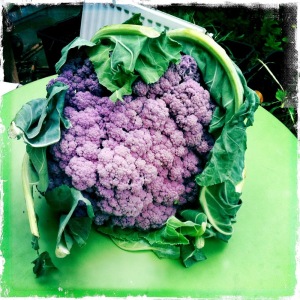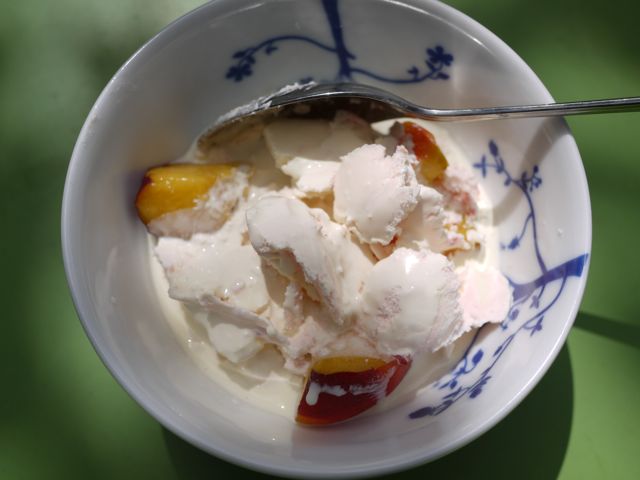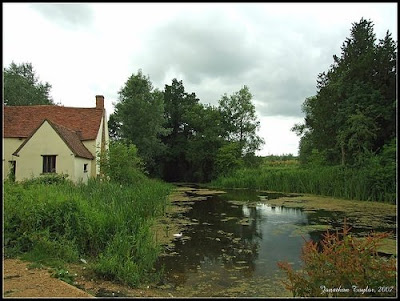I’ve just come back from the local farmers market (Wanstead to be specific).
I got a bit carried away and scooped up large quantities of goodies.
Including this hoooge cauli
Which handily has a radiator in the background to allow you to assess the scale of its hoooge-ness
For the record I also bought:
12 rashers of smokey bacon
3 types of sausage (4 of each)
2 pork chops
2 pieces of ribeye
2 lamb chops
1 lamb breast
1 lamb neck fillet
1 piece of pork belly
1 fillet smoked haddock
the hoooge cauli
beetroot
kohlrabi
potatoes
rainbow chard
a squash
pippin apples
raspberries
apple and ginger juice
3 quiches
1 slice of poppyseed cake
dozen eggs
ticklemore cheese
berkswell cheese
single gloucester cheese
cumin gouda
Then I staggered home….






